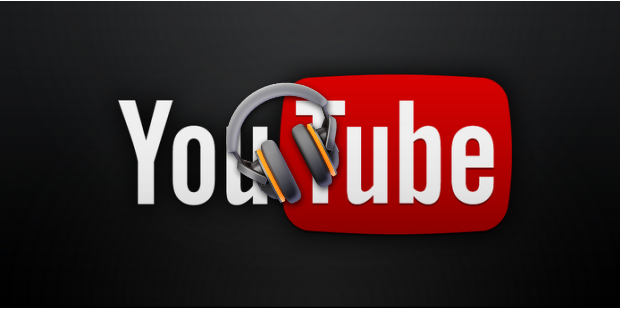
In November, Google became an even more formidable player in the music streaming market by launching two new services: YouTube Red—an ad-free subscription service—and YouTube Music, an audio-focused version of the YouTube app. With Google’s global audience, YouTube’s movement into the streaming industry is bad news for other giants like SoundCloud, Spotify, and Apple Music. While services like Apple Music and Spotify boast huge catalogs of songs, these industry-focused platforms lack the mixtapes, remixes, and user-submitted tracks that make SoundCloud and YouTube popular. Relying on user-submitted content since the start, YouTube has evolved into a unique position that gives Google far more flexibility with copyright laws than other services. Google blatantly has an advantage –especially when comparing YouTube’s success with the downfall of SoundCloud. YouTube’s massive market share has created a situation where Google is practically immune from the dangers posed by copyright infringement, giving Google an advantage over competing music services. Furthermore, as a video and music platform, YouTube’s ad-free subscription provides value beyond music alone, offering customers an irreplaceable, commercial-free experience on the world’s most popular video platform as well. If YouTube is going to enter the music streaming space legitimately, Google needs to follow the same rules as its competitors.
For $9.99 a month, YouTube Red lets customers enjoy an ad-free YouTube experience while also giving users access to the Google Play Music catalog. In a one-two punch, Google launched YouTube Music shortly after Red, allowing users to stream audio-only versions of videos and explore music more intuitively. With a subscription to YouTube Red (there’s a 14-day free trial for users who download YouTube Music), listeners can use the YouTube Music app to save songs for offline listening, play content in the background on mobile, and stream audio-only versions of videos. For users who already rely on YouTube to fit their streaming needs, audio-only mode is a crucial development. Reducing unnecessary data consumption is essential for customers with expensive cellphone plans, and removing video from streams will save heavy YouTube users GBs of data per a month. Users can still use YouTube Music without YouTube Red, but a free plan prevents mobile listeners from playing audio in the background, limiting the usefulness of the service.